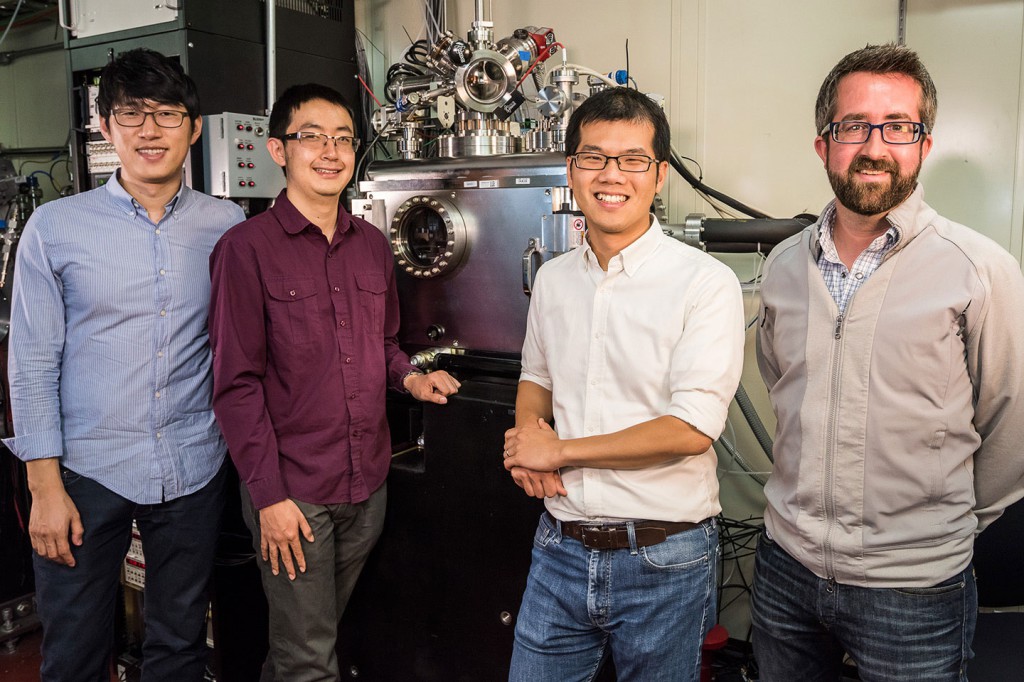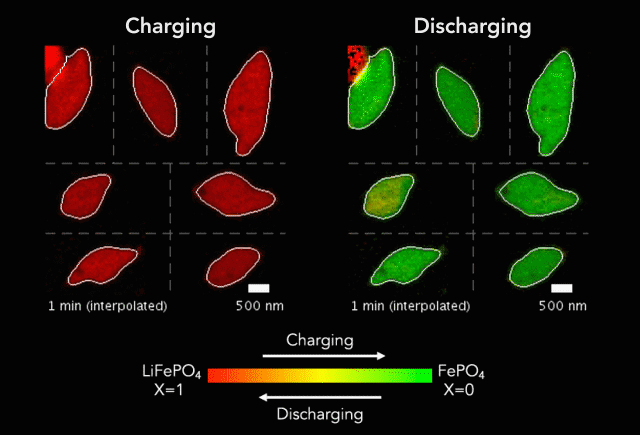
A team led by Professor William Chueh (Stanford) and David Shaphiro (Lawrence Berkeley National Laboratory) has developed a new way to understand how primary battery particles charge and discharge. Their research utilized the WNF capabilities and has been published in the August edition of Science.

They found that the discharging process (lithiation) is considerably more uniform than charging (delithiation). In addition, the researchers also discovered that faster charging improves uniformity, which can act as a catalyst for new and more efficient battery designs and power management approaches.
Our partners at Hummingbird Scientific also supported and collaborated in this study. Learn more about Hummingbird’s X-Ray Liquid-Electrochemistry Cell used in this experiment as well as their full news article.